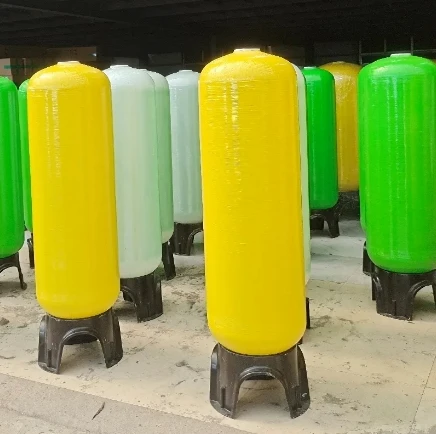loading...
- No. 9, Xingyuan South Street, Dongwaihuan Road, Zaoqiang County, Hengshui, Hebei, China
- admin@zjcomposites.com
- +86 15097380338
- Welcome to visit our website!
Exploring the Benefits of GRP Mesh Fencing for Modern Security Solutions
The Role of GRP Mesh Fencing in Modern Security Solutions
In the ever-evolving landscape of security solutions, GRP (Glass Reinforced Plastic) mesh fencing has emerged as a popular choice for both commercial and residential applications. Its unique properties and benefits position it as an ideal solution for various security needs, combining durability, versatility, and aesthetic appeal.
Understanding GRP Mesh Fencing
GRP mesh fencing is constructed using a composite material made of glass fibers and resin, which is known for its superior strength-to-weight ratio. This makes it an excellent alternative to traditional metal fencing options. The manufacturing process of GRP ensures that the fencing products are resistant to corrosion, UV radiation, and harsh weather conditions, making them suitable for a wide range of environments.
One of the most notable features of GRP mesh fencing is its lightweight nature. This significantly reduces the labor required for installation and maintenance, saving both time and costs for the end-user. The flexibility of GRP also allows for easy customization, enabling it to adapt to various shapes and requirements without losing structural integrity.
Security Benefits
When it comes to security, GRP mesh fencing provides several advantages. The visibility offered by the mesh design allows for excellent surveillance, making it easy to spot potential intruders while maintaining an open appearance. This transparency can also deter vandalism and criminal activity, as would-be offenders are less likely to engage in illicit behavior when they know they can be easily seen.
Additionally, GRP mesh fencing can be designed to include various security enhancements. For example, options such as barbed wire or electric fencing can be integrated into the wire structure, providing an added layer of protection against unauthorized access.
grp mesh fencing

Applications of GRP Mesh Fencing
Thanks to its versatility, GRP mesh fencing is used across various sectors. In industrial settings, it is often used to secure perimeters around factories, warehouses, and construction sites. The robust nature of GRP makes it resistant to the damage that can occur in environments with heavy machinery and equipment.
In the agricultural sector, GRP mesh fencing is commonly employed to protect livestock and crops from predators. Its durability ensures that it withstands the elements while effectively keeping animals contained.
Residential applications are equally compelling. Homeowners increasingly turn to GRP mesh fencing to define property boundaries and enhance security. The aesthetic appeal of GRP allows it to seamlessly blend with the landscape, offering a modern look that enhances the overall beauty of a property.
Sustainability Considerations
As environmental sustainability becomes a greater concern, GRP mesh fencing offers a viable alternative to traditional materials. The production process of glass-reinforced plastic is often more eco-friendly, with many manufacturers adopting sustainable practices. Moreover, GRP is recyclable, which aligns well with contemporary eco-conscious trends.
Conclusion
In summary, GRP mesh fencing serves as a formidable contender in the security fencing market, boasting numerous benefits that cater to both aesthetic and functional needs. Its combination of strength, lightweight design, and resistance to environmental factors makes it an ideal choice for various applications, from commercial to residential. As security concerns continue to rise, the adoption of innovative materials such as GRP will likely play a pivotal role in shaping the fence industry of the future. As we embrace technology and sustainability, GRP mesh fencing stands out as a solution that meets modern security demands while caring for the environment.
-
The Rise of FRP Profiles: Strong, Lightweight, and Built to LastNewsJul.14,2025
-
SMC Panel Tanks: A Modern Water Storage Solution for All EnvironmentsNewsJul.14,2025
-
GRP Grating: A Modern Solution for Safe and Durable Access SystemsNewsJul.14,2025
-
Galvanized Steel Water Tanks: Durable, Reliable, and Ready for UseNewsJul.14,2025
-
FRP Mini Mesh Grating: The Safer, Smarter Flooring SolutionNewsJul.14,2025
-
Exploring FRP Vessels: Durable Solutions for Modern Fluid HandlingNewsJul.14,2025
-
GRP Structures: The Future of Lightweight, High-Performance EngineeringNewsJun.20,2025
